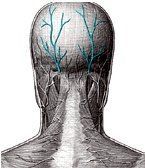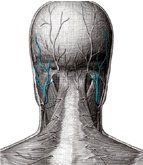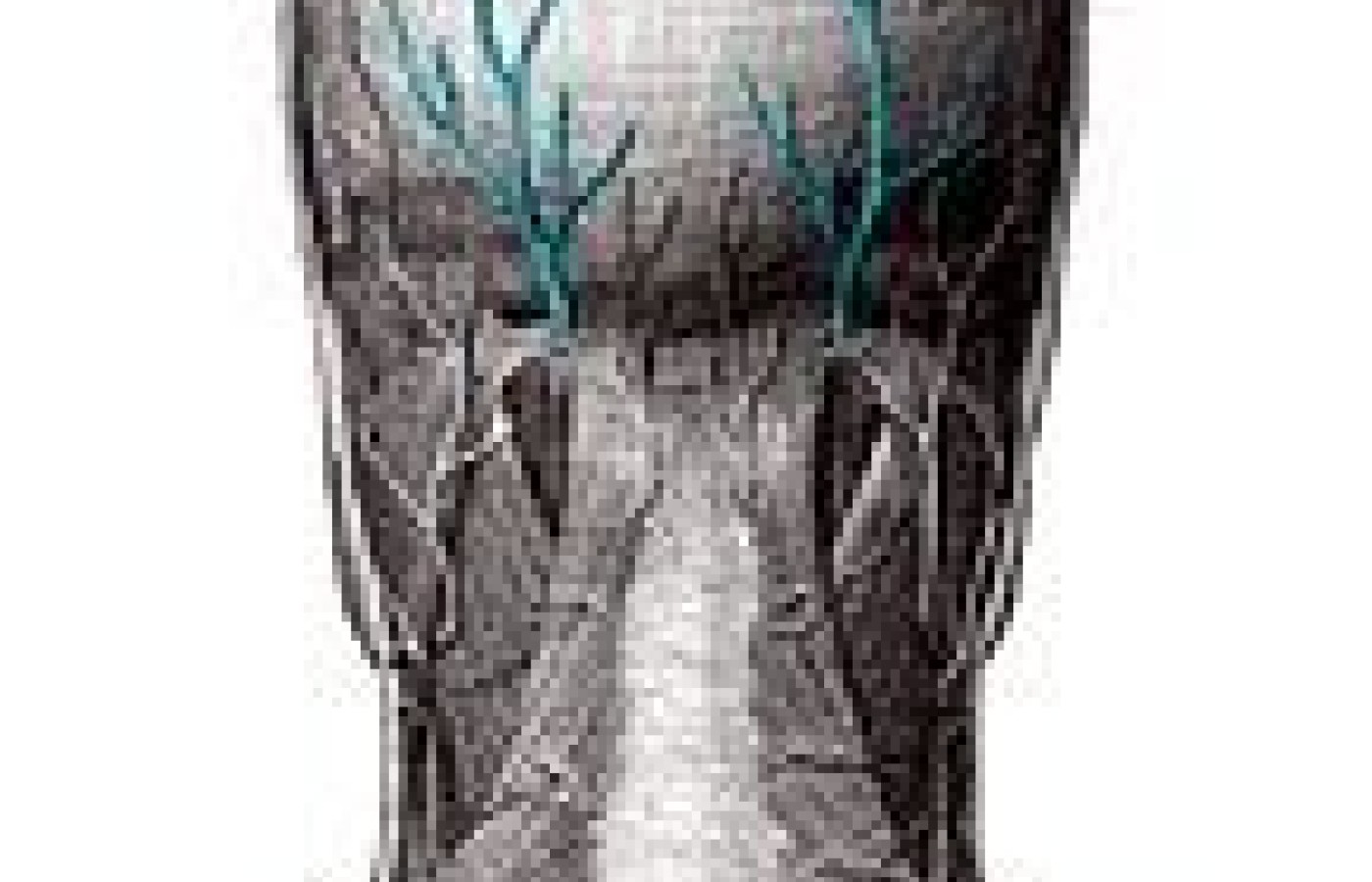Whether you accept it, avoid it or live somewhere in between, insurance coverage has become a defining issue for our profession. Patients increasingly expect to use their benefits, practitioners want to be compensated fairly for their time and expertise, and the system itself remains – at best – fragmented. The encouraging news is that coverage has expanded in meaningful ways. The challenging news is that reimbursement, across the board, remains inadequate.
Tensional Headaches
Pain treatment is what acupuncture is used for most frequently. Within the different pain syndromes, headaches are the number one complaint that patients will have, either alone or in combination with other symptoms. Tensional headaches are the most common type, followed by migraines and sinusitis (9:1 ratio). The main symptoms the patient will complain of will be pain, tingling and/or burning of the occipital area (nape), top of the head, temporal area, forehead and/or face.
The usual treatment MDs will recommend is NSAIDs (non steroidal anti-inflammatory drugs), which often produce secondary effects (upper GI disorders) such as nausea, vomiting, heartburn and diarrhea. Another approach is physical therapy (massage and stretching exercises).

Some cases are resolved with the previously mentioned modalities, but some of the patients' symptoms will continue with little or no improvement, passing from the acute phase to the chronic phase (3+ months).
Compression of the greater occipital nerve (C2) by the trapezius and the lesser occipital nerve (C2-3) by the sternocleidomastoideus muscles is very common in neck injuries. Both nerves are superficial; that is why direct trauma or microtrauma (over time, repetitive motion) will cause muscle spasm (tightening) that in turn will irritate the nerve.
Exam of the area involved: The examination of the area is performed with the head flexed forward; the points are palpated with mild-moderate pressure in order to reproduce the patient's complaints (pain/numbness/burning or tingling, radiated from the neck toward the ear/skull/vertex/eye, following a GB or UB channel pattern).
The recommended points to be used are GB20, C2-C3-C4, bilaterally (when they are tender). C2-3-4 are extra points found on the upper trapezius muscle border, under GB20 at one inch intervals.
Technique used: Chinese acupuncture needles (#38 gauge).
Micro-current device: Acutron Mentor, biphasic, 150-200 microamps. The clips are attached directly to the needles.
Point combination: GB20, C2-3-4 (bilaterally, depending on the active points).
Secondary point combination: GB21 and TW15 to relax the upper trapezius muscle. The Acutron Mentor pads are located on top of the needles; the current used is 75 microamps, biphasic, for 25 minutes, at interferential #2, crossing the pads from GB21 to the contralateral TW15.

The treatment frequency is three times a week for 4-6 weeks. The acupuncture needles are inserted perpendicularly, with the microcurrent clips attached to the needles.
The Acutron Mentor clips (biphasic, with an output of 150-200 microamps for 20 minutes) are applied directly to the needles (GB20, C2-3-4). The use of microcurrent is in some cases subsensational (the patient does not feel the electric stimulation). In some cases, the sensation is a background tingling. In any event, the sensation should be comfortable, or there should be no sensation at all.
Within 6-8 treatments, the patient will able to feel the improvement: the frequency and/or intensity of the pain is reduced, and the pain medication is reduced or discontinued.
As I usually recommend in muscles disorders, the indication of the appropriate stretching exercises for the muscles involved will assist in a speedy recovery. In this case, the chin-chest and over-the-shoulder stretch will be performed three times a day, five times every series for 5-10 seconds, within a comfortable pull.



